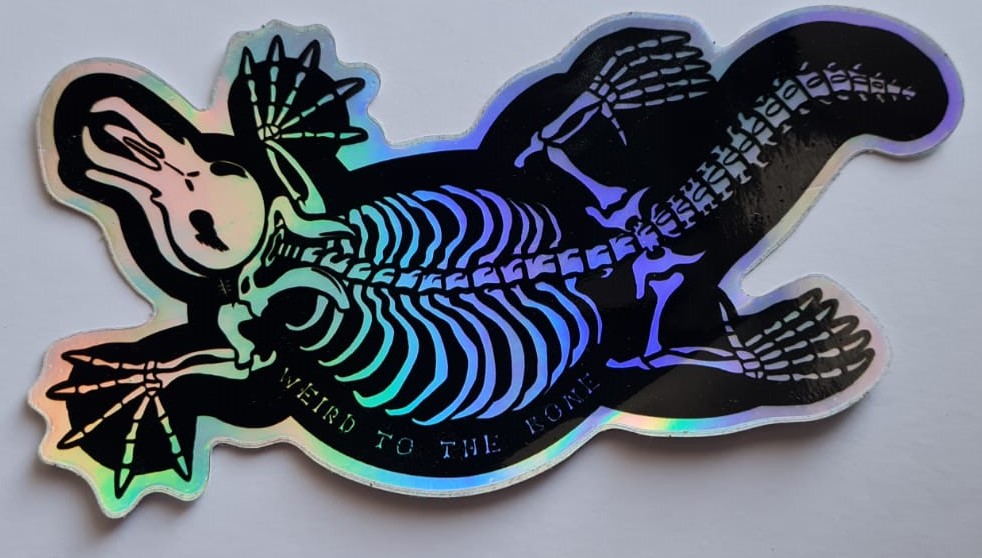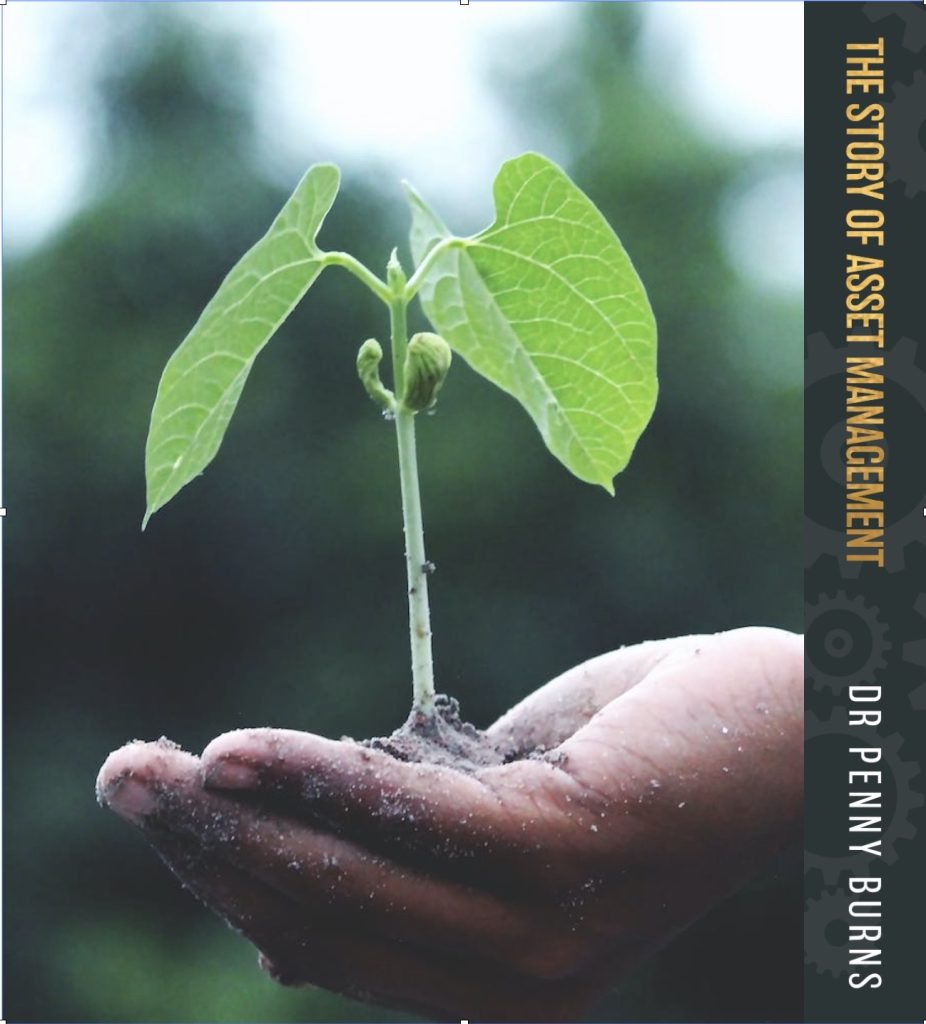
The Board of Talking Infrastructure wants to thank Penny – wants to make a big, big fuss over Penny – for the immensity of what she means to us and to Asset Management.
All of us had our lives and careers changed by Penny. Without her, we wouldn’t be calling ourselves asset managers, for a start. We are doubly blessed that she is also a great friend to each of us individually.
I first knew of Penny when another important AM person in my life, David Ford, came back from a trip to Australia and New Zealand in 2001 clutching a copy both of the International Infrastructure Management Manual and an issue of Penny’s Strategic Asset Management newlsetter. Saying there were some things we therefore would not have to make ourselves, and anyway could never have done so well.
I already was sure when I met Penny in person in 2004 at ICOMS we would be fast friends, going to stay with her and Bob in Adelaide on the MESA ‘eminent speaker’ tour that summer. My life certainly was never the same after that, as the next year I went back to work with her on a job for NSW Rail Corps… and the year after to live in Sydney. Where she and I could plot some more, ending up eventually with Talking Infrastructure itself.
Of course, the price I paid for her continuous inspiration was knowing I would always been running to catch up – sometimes several large steps behind her thinking. But that was always so much fun.
One thing I am most proud of is spreading her words around North America, making sure new assets managers knew who she was and her vision for infrastructure Asset Management. She has quite a fan club of younger women around the globe, including the USA. I would like to claim I am fan #1, but there are many pioneers in the queue ahead of me.
Talking Infrastructure would like to publish your memories and appeciation of Penny. When did you first come across her? Where did you take the ideas she inspired?

Platypus Clothing UK sticker
On March 31 I retired from my job. No more salary paypackets! No more hours owed to anyone!
This is not quite the same as Penny’s retirement. Penny is not retiring from thinking, working as she is on ‘Penny’s Place’.
I don’t intend to retire from AM either, and reserve the right still to take on interesting paid assignments. I am not quite sure yet what I am retiring into, as I managed to get a diagnosis of stage 1 cancer a few days after I formally left AMCL.
I do know that I have been distracted by that and will need to take at least a few weeks of doing very little to recover from major surgery.
If I do not manage a regular blog for a while, apologies. Please don’t go away!

Norman Eason, founder UK IAM, was not only an information systems innovator but a business strategist. Great combination!
We are now serialising Norman Eason’s major work “Maintenance and Asset Management Systems” and chapters 1-3 are already available. Don’t miss this.
I first met Norman in 1996 and later interviewed him for Strategic Asset Management when he visited Australia in 2000. In 2002, he came to Heathrow airport to see me off and gave me the manuscript of this work to edit and use ‘as I saw fit’. I felt enormously privileged to be entrusted with this work. So I did a light edit and in 2004 I published it, serial fashion, with side annotations, a chapter a week on my original website.
In the twenty years that then passed, that website was closed and I lost the original. It was only after he died, and thanks to my friends, Geoff Webb, who had printed out the entire thing as it was being published and sent me his hard copy, and Kerry McGovern, who patiently scanned the whole thing for me, that I again have a copy that I can share with the Asset Management Community.
Re-reading this work now makes me even more appreciative of Norman’s insight. For example, even some 30 years ago, when many were still thinking that asset management was simply ‘maintenance plus’ he was urging his readers to consider that:
‘movement from a traditional maintenance operation to asset management will take much more than the procurement of an asset management information system; it requires a fundamental change in culture that could take years to achieve. Indeed, the procurement of an asset management information system by a traditional maintenance operation without an accompanying change in culture could have a negative, rather than a positive, effect on the organisation’.
This is a message which is as relevant today as it was then. So don’t miss our serialisation of Norman’s work. It seems appropriate that after 20 years, we again make this available – and in the original web format. So enjoy!
Chapters 1-3 are available now.

One of my great pleasures in life is to sit in a café and talk infrastructure. A popular topic, even before Lou Cripps came up with the idea Asset Managers are platypuses, is what makes an effective one? Or even what attracts us in the first place.
Who are ‘our people’?
To defend us from accusations of exclusivity, I need to point out that it’s not about what you studied at university, or which country you grew up in. Good Asset Managers are ‘anywheres’, as Ark Wingrove put it.
This is, of course, a Serious Subject, as we desperately seek to switch to a future-friendly mindset; seeing the bigger, longer picture around physical assets. But it’s also kinda fun to think about the difference that makes a difference.
Like the AM team who came on one of my courses and took me literally. We teach whole life costs, cost-risk optimisation, thinking in risk, and how information is all about decision-making. But I don’t think most attendees go away and start actually doing any of that. This team did.
One reason people don’t try whole life cost modelling, or risks in $, is because they think it’s too hard before they even start.
But my best students – well, if that was how you do Asset Management, they would figure out how to do it. When I later asked Todd Sheperd how they quantified asset risk, he said he looked it up on the internet. After reading a recommended book and going on a recommended course. (As I said, he took me literally.)
Yes, he must have had the confidence to believe he and his team could figure it out. But I think it’s more than that. It’s about curiosity and openness to learning.
It also involves a belief that if I don’t know something, someone else may have worked it out, maybe in a completely different context. We can learn from others – like 17th century gambling mathematicians, or stock markets traders.
Or actuaries. It’s as if 99% of attendees on AM courses have never heard there is a whole profession who have worked out how to put $ on risks.
Sitting in a café recently with Todd and Julie DeYoung talking about infrastructure, we also recognised another quality: interest in what we can learn from people doing something that’s not exactly the same as what we’re trying to do. Like wondering what we can learn from assets that aren’t exactly what we have – instead of deciding ‘our’ assets are so special there is nothing we can learn from others (and the processes of AM planning and modelling don’t apply to us).
In other cafés years ago with another old AM friend, Christine Ashton, we thought it’s about pattern matching. About looking at a problem we had, and the kind of technology approach it needed, as opposed to a fixation on a particular software tool, for example. What kind of problem is it? What sort of tool could help?
To me that’s linked to 80:20 thinking, but I suspect that some of my best AM buddies are better at details than me. It’s happily straying into the unknown, instead of trying to force everything to fit into what you already know.
I love (nearly) all of my students, of course. But not all of them turn out to be my sort of café people.
Shout out to yet another recent café and Janel Ulrich – her of the ‘can we develop our SAMP in the next 12 hours?’ (yes, of course we can). I love the way she loves ‘our kind of people’, in all our quirks and heartaches and irrepressible openness.
Others who will recognise their café contributions include John Lavan and Manjit Bains. And Penny, with whom too many of these café conversations have to be virtual.

In April 2024, it will be 40 years since Penny Burns started the whole thing. Talking Infrastructure plans to party like it’s 2024, all year.
2024 also marks milestones for the Global Forum for Maintenance and Asset Management (update of the AM Landscape), ISO (10 years since ISO 55000), and the Institute of Asset Management (30 years since it was founded): there will be a lot happening.
The need for more considered decision making for our future infrastructure has only grown and become more urgent. Asset Managers everywhere know this. Our 40 year celebration will be an opportunity to take this message not only to managers of infrastructure but also to those who decide, design, construct, fund and vote for our infrastructure.
Like infrastructure itself, our purpose is to support the wider community. There is a lot of satisfaction to be had in this and we invite you to join us, and enjoy it too. What area of Asset Management and decision making particularly interests you?
We are looking to develop a circle of advisors, who, through their interests and work, can have the fun of keeping Talking infrastructure up to date with current issues, and setting its future directions.
Your ideas for celebrating our 40th are also needed and much welcomed. This will include events across Australia in April, and presence at AM conferences and articles wherever and whenever we can.
What did we learn in the last forty years? Where do we need to go in the next 40 years?

Note: Print copies of The Story of Asset Management are available, go here and choose the direct Amazon link for your location. (and my thanks to Matthew Hughes who drew my attention to the fact that this was not at all obvious.)
A writer for the Guardian described ‘The Story of Asset Management’ as the ‘inside story of a major change’. She said: “While discussions about government reforms make take centre stage, the behind-the-scenes processes of problem-solving and innovation remain less documented” and this is very true.
I am grateful to her for this insight, for it tells me that this story of how AM grew, can also be used as a rough guide to growing any idea. I can’t say that I knew this at the beginning, but looking back, I think that there are three keys to growing an idea. 1. You have to be fully committed to your idea which doesn’t mean knowing exactly how to do it, but rather having, and believing in, a direction you want to move in. 2. You can’t expect others to do the work, you have to be prepared to do much of it yourself. 3. But while you are doing this, you must actively share the excitement, fun – and the credit – as widely as you possibly can.
As you read the many anecdotes in this story I would be interested to hear from you whether you believe this to be true. I hope you enjoy the story, simply as a story, our story. But I would be very pleased if you were able to use it fo further an idea of your own, either in asset management or elsewhere.
Penny

Recent Comments